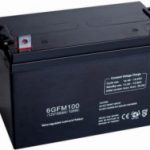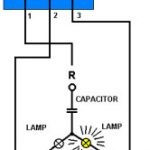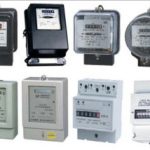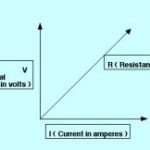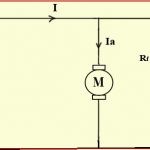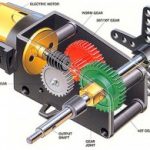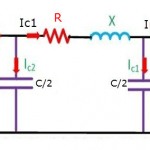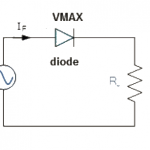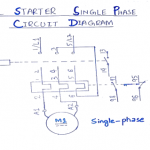Battery is an essential requirement to start electrically operating equipments, especially in electrically operated vehicles. And also, in case of mains failures or interruptions in power supply, a standby or backup power is necessary for critical applications. Therefore a battery provides the necessary power to startup as well as standby depending on the type of application. Some of the applications of the batteries include automobiles, railways, … [Read more...]
Basics of Electricals
Phase Sequence Meter and Its Working Principle
Phase sequence meter is used for detecting the sequence of the supply in three-phase electric circuits. Since the direction of rotation of three phase electric motors can be changed by changing the phase sequence of supply. And also the correct operation of measuring instruments like 3 phase energy meter and automatic control of devices also depend on the phase sequence. Different types of phase sequence testers are available in today's market like contact … [Read more...]
Explain about 3 Basic Types of Energy Meters?
Watt hour meter or energy meter is an instrument which measures amount of electrical energy used by the consumers. Utilities install these instruments at every place like homes, industries, organizations to charge the electricity consumption by loads such as lights, fans and other appliances. Most interesting type are used as prepaid electricity meters. Basic unit of power is watts. One thousand watts is one kilowatt. If we use one kilowatt in one hour, … [Read more...]
How Does Elevator Works, Circuit Diagram & Types
Due to the improved control structures, hardware and other automation systems in traction elevator systems, most of the manufacturers are producing energy-efficient elevators. Regenerative drive system in elevator is a remarkable advancement in these energy efficient elevators. For mid and high-rise buildings, traction or cable-driven type of elevators are perfectly suitable compared with the electromechanical relays-based elevators and hydraulic … [Read more...]
Relationship and Difference Between Voltage, Current and Resistance
When commencing to explore the globe of electronics and electricity, it is very important to begin by understanding the fundamentals of voltage (v), current (c) and resistance (R). These three fundamentals are basic building blocks needed to employ and utilize electricity. At first, these concepts may be tough to grasp because we cannot see them. One cannot see with the eye the flowing of energy through a wire. Even the lightning in the sky, whereas … [Read more...]
Methods of Speed Control of a DC Motor
The basic principle of the DC motor is a device which converts DC energy into mechanical energy. When the current carrying armature is connected to the supply end though commentator segment, brushes are placed within the North South Poles of permanent or electromagnets. By using these electromagnets operating principle is depends on the Fleming’s left hand rule to determine the direction of the force acting on the armature conductors of the DC … [Read more...]
Servo Motor – Types and Working Principle
The servo motor is most commonly used for high technology devices in the industrial application like automation technology. It is a self contained electrical device, that rotate parts of a machine with high efficiency and great precision. The output shaft of this motor can be moved to a particular angle. Servo motors are mainly used in home electronics, toys, cars, airplanes, etc.This article discusses about what is a servo motor, servo motor working, … [Read more...]
Ferranti Effect in Transmission Lines
It is a general convention that in an electrical system, the current flow is always from higher concentration or potential area to that of lower concentration or potential area, for compensation which lies within the system. Practically, it is proven that the voltages at the transmission end are always greater to that of voltages at receiving end because of various line losses which depict the flow of current from supply to load. S.Z. Ferranti … [Read more...]
What is a Rectifier? Half Wave, Full Wave Rectifier Theory & Applications
Nowadays, most of the electric utility companies distribute electricity in the form of alternating current and voltage (AC). In fact, the power lines, transformers and service lines are designed to transfer electricity in alternating current and voltage. However, in our homes, offices, where this electricity is consumed, are filled with electrical appliances and device that consume electricity in the form of direct current and voltage (DC). Therefore, this … [Read more...]
What is Direct Online Starter (DOL)? Construction and Its Advantages/Disadvantages
Connecting small motors to a power supply by the form of plugs and switches don’t require any additional step for starting the motor. However, the induction motors of high power require a suitable device for starting because they take an excessive amount of starting current. There are various starting methods used for starting induction motors because Induction Motors draw very high starting current (5-7 times more) compared to the full load current of the … [Read more...]
